Dear Editor,
This magazine is amazing! One of the best out there, and by far the most interesting.
I’ve had a fascination with World War II for years. Both my grandfathers served during the war, one in the Pacific Theater and the other in the U.S. Air Force as a navigator.
I absolutely loved the article, “Mosquitos on the Prowl” (November 2009 issue). I love hearing about the “secret” fights of our soldiers.
Thank you so much for making this magazine available, so that people all over and of all ages can read about our amazing heroes. Hopefully this magazine will keep this amazing time period alive for my whole generation.
Just curious: Are there any other teenage girls writing to the editor? Maybe I’m the first! LOL
Emmelia Ford, age 15
South Canaan, Pennsylvania
You are the first, Emmelia! We thank you for your high praise and enthusiasm and we hope you’ll continue to enjoy the magazine.
Patton’s Hammelburg Mission
Dear Editor:
Please allow a comment on British Major General Michael Reynolds’s informative article on “Patton’s End Run” (September 2009 issue), the most controversial portion being that concerning the ill-fated Hammelburg raid, where Patton attempted to liberate his POW son-in-law, John Waters. As so often is the case for stories about the crusty old tank commander, Reynolds readily chastises Patton for recklessness and showing favoritism to family in the raid, which failed rather thoroughly in its goal to free the war prisoners.
Yet I would ask MG Reynolds to look at a more complete picture. As they say, success has many fathers while failure is a bastard child, and such is surely the case with Hammelburg. What if the raid had employed the power of a full combat command, as Patton had desired? The record seems to show that the more timid General Omar Bradley prevented Patton from using the larger force, which may well have achieved the desired outcome (and also carried enough transport for the freed POWs). And what of the overall mission to liberate captive prisoners? While Patton may have been aiming for his daughter’s husband, I would wager that a poll of all prisoners at Hammelburg would have yielded unanimous support for the mission. Raids to free POWs have been carried out in virtually all of the wars America has fought, and all with varying degrees of success. Commanders who authorize them are keenly aware of the tremendous boost in morale they bring for all troops, not just for those in captivity. Finally it needs to be noted that an important while unintended consequence of the raid was that the Germans, interpreting it wrongly as the head of a main thrust, responded with no less than three divisions, allowing the U.S. Fourth Armored Division to then press forward over 100 miles into German territory.
Part of the tragedy of Hammelburg not pointed out by Reynolds is the tremendous toll that war brings not just to soldiers but to the families as well. Surely Patton was motivated by a father’s strong compassion for his daughter, whom he had likely known was using alcohol to help her cope with the anxieties brought on by war. As grandson Robert Patton points out in his interesting book about the family, his Aunt Beatrice died at the age of 41 of heart failure likely associated with alcohol and the stress of yet another family separation while her career soldier-husband John Waters was deployed to the Korean War in 1952.
Col. James L. Spinelli, MD, US Army (Ret.)
Columbia, South Carolina
Bombing the Bombsight
Dear Sirs:
I am a first-time reader of your magazine, I knew nothing about the Norden Bombsight before reading the Ordnance section (September 2009 issue), and I have over 25 years of mechanical and electrical experience (I am presently an industrial electrician in a steel mill where my duties include installing, troubleshooting, and repairing computer-controlled machinery); thus, I am a perfect candidate to criticize this piece.
Let me tell you, it was the most opinionated and hypocritical junk I have read in years. Mr. Raoul Drapeau wasted much space using superfluous words such as “irascible” (twice!), blamed Norden for all the hype surrounding the device, then forgave Norden and blamed Ted Barth for same. Drapeau noted that the earliest device under demonstration gave 10 hits of 12 with different bombs (outstanding at the time, I’m sure), then denigrates the device for bad accuracy throughout the rest of the article. This while describing the less-then-ideal conditions that the operator worked under and the inaccuracies inherent because of that.
The entire article was ruined. If only the facts were given, it could have been half as long. But the rest was nothing more than what appears to be a confused, personal smear campaign for who knows what reason (apparently, someone on the editorial staff was in on it!). The article itself notes that no other power in the war had anything like it, and even Drapeau noted that “… the difficulties facing [Norden] were formidable.”
What can the reader possibly come away with here? That Norden was a perfectionist who invented a bomb sight no one else had, who was unusually modest but it was his fault that the Norden Bombsight is legendary, that the super-secret device was incredibly complicated but it was junk because it was hard to maintain, and that while it worked great under test conditions, it must have been a huge boondoggle because bombardiers couldn’t hit anything while suffering noise, cold, fear, and evasive maneuvers!
Give us a break, will ya?!
I am a veteran WWII-era equipment restoration technician as well; Drapeau appears to have no hands-on technical experience whatsoever (he suggests a.c. motors for fine positioning control-—if such technology existed which could be installed in an airplane, let’s see an example).
What was available at the time was inherently low-tech by today’s standards no matter how you look at it. I hope to God Drapeau’s premier article will be his last in this magazine, and that whoever it was on the editorial staff who OK’d this garbage for publication will be monitored much more closely.
Ken Johnson
Beaumont, California
Ken Johnson points out that I cited that the Norden bombsight had a reasonable accuracy under demonstration conditions but then went on to denigrate its wartime performance, which was much worse. Apparently, he feels that this is an unfair comparison. But he also wrote that in the article, I pointed out why that was the case, with all the cold, noise, vibration, turbulence, exhaustion, poor visibility, fear and flak that both the bombardier (and bombsight) had to contend with. That’s not an unreasonable comparison nor an unexpected difference.
Johnson seems to be most agitated about what he feels was a smear campaign against Norden. The message that he suggested that the reader would come away with, is close to what I intended; namely that Norden was a Swiss-style perfectionist who developed a clever and relentlessly promoted, but horrendously complicated device that stretched the manufacturing capabilities of the time, was extremely difficult to maintain and repair, and upon postwar analysis, proved to have an unimpressive accuracy record. Yet it was probably as accurate as any bombsight could have been at the time, considering the temperature, atmospheric pressure, and wind effects on any ballistic bomb. That isn’t a smear, it’s just the way it was.
And to his comment that “Drapeau appears to have no hands-on technical experience whatsoever…,” I have a Master’s degree in electrical engineering and have practiced hands-on engineering all my career.
Raoul Drapeau
Note: Opinions expressed in “Dispatches” do not represent those of the writers, editors, or staff of WWII History or Sovereign Media.
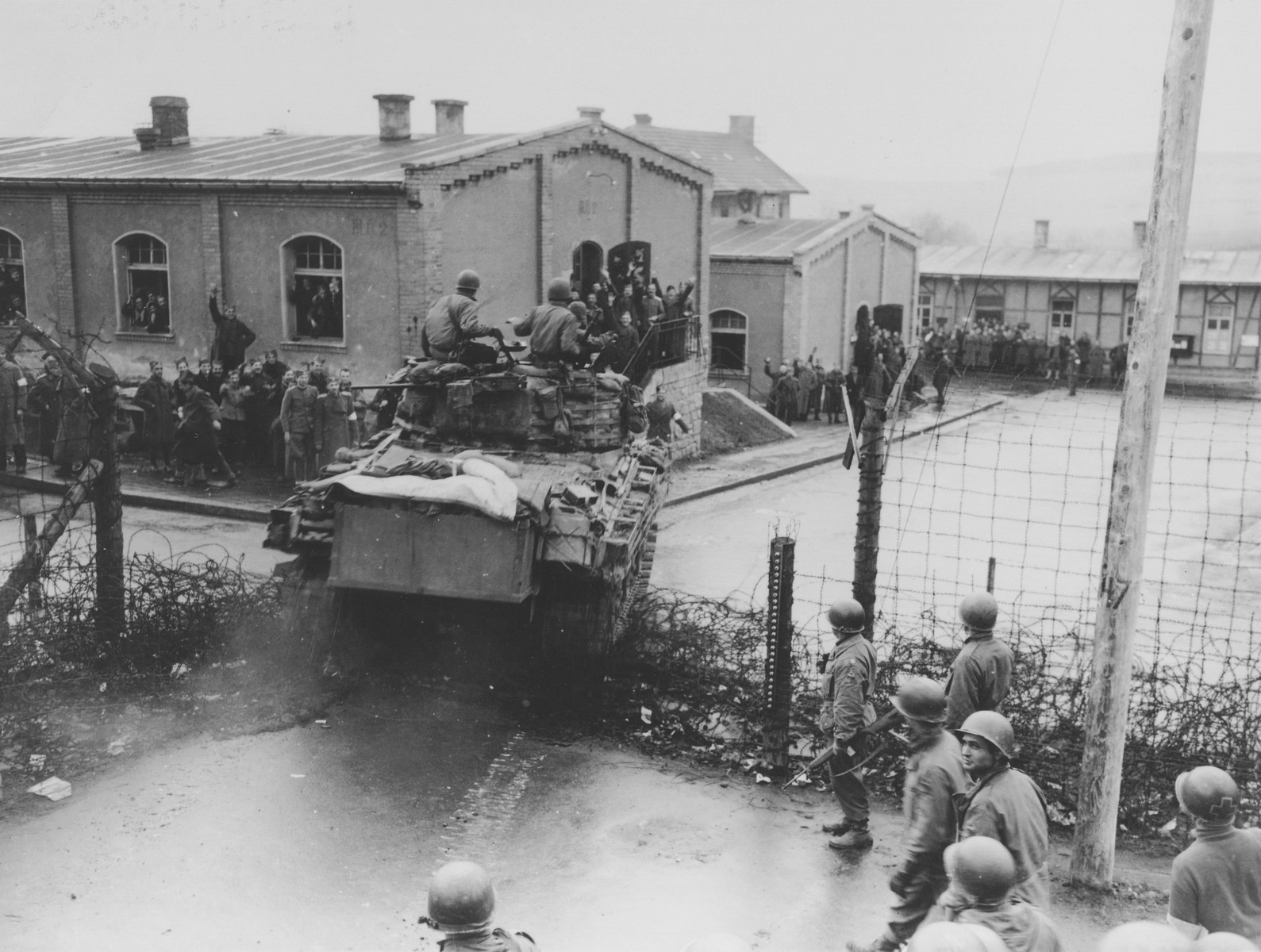

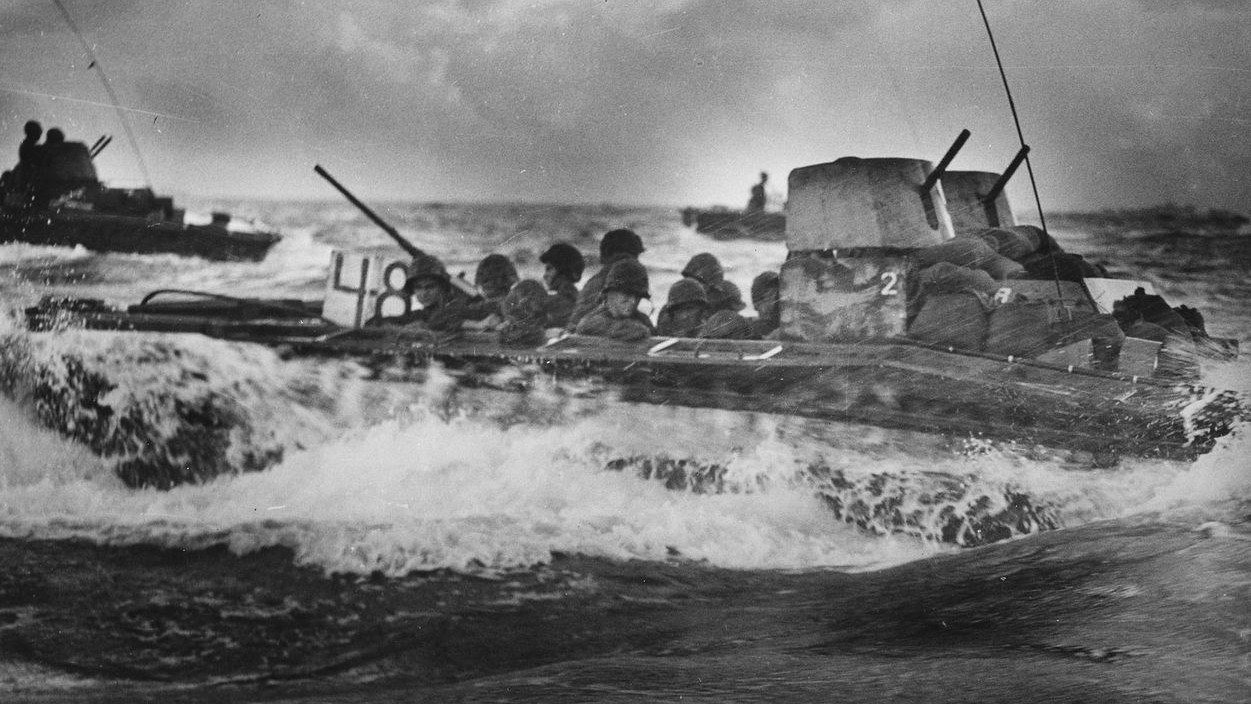
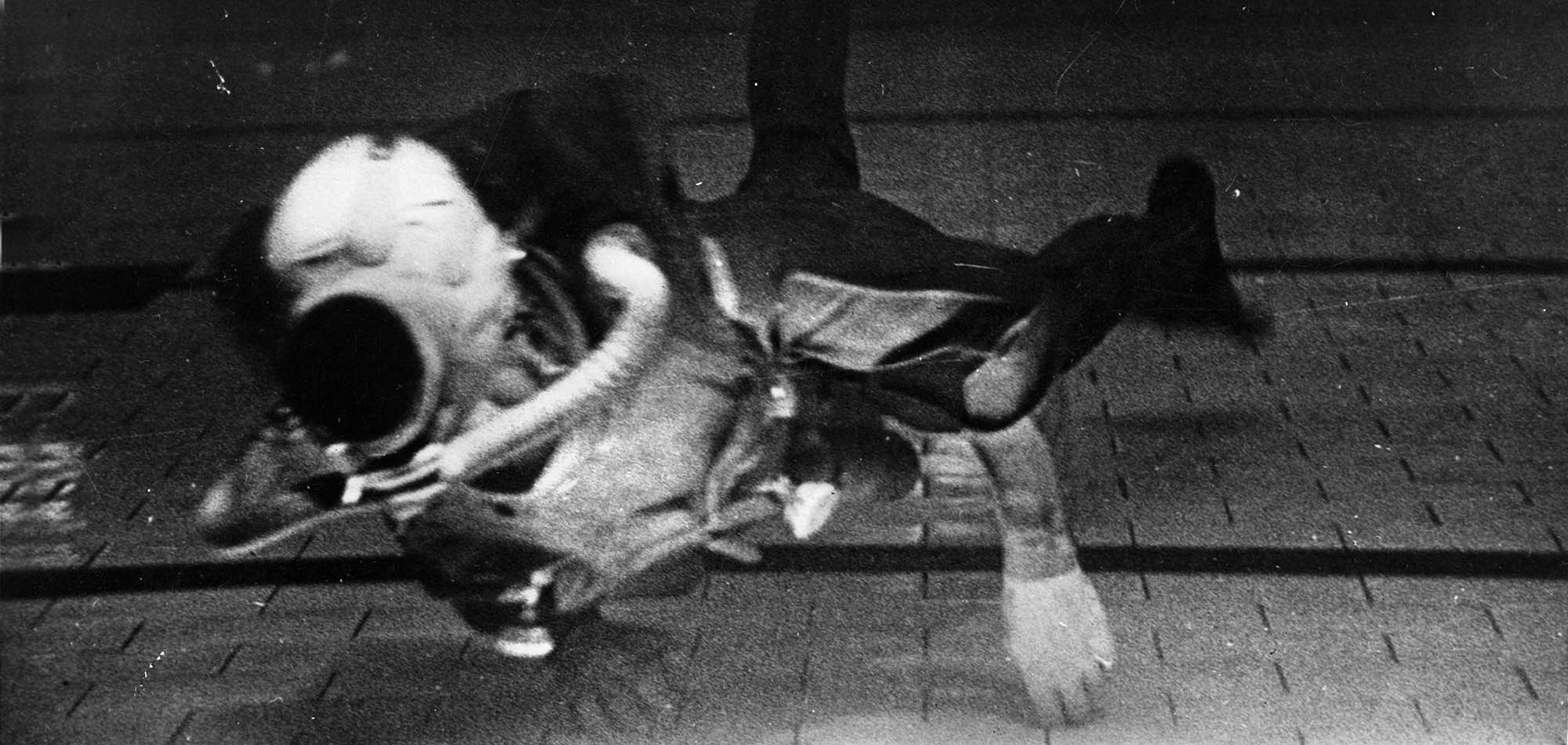
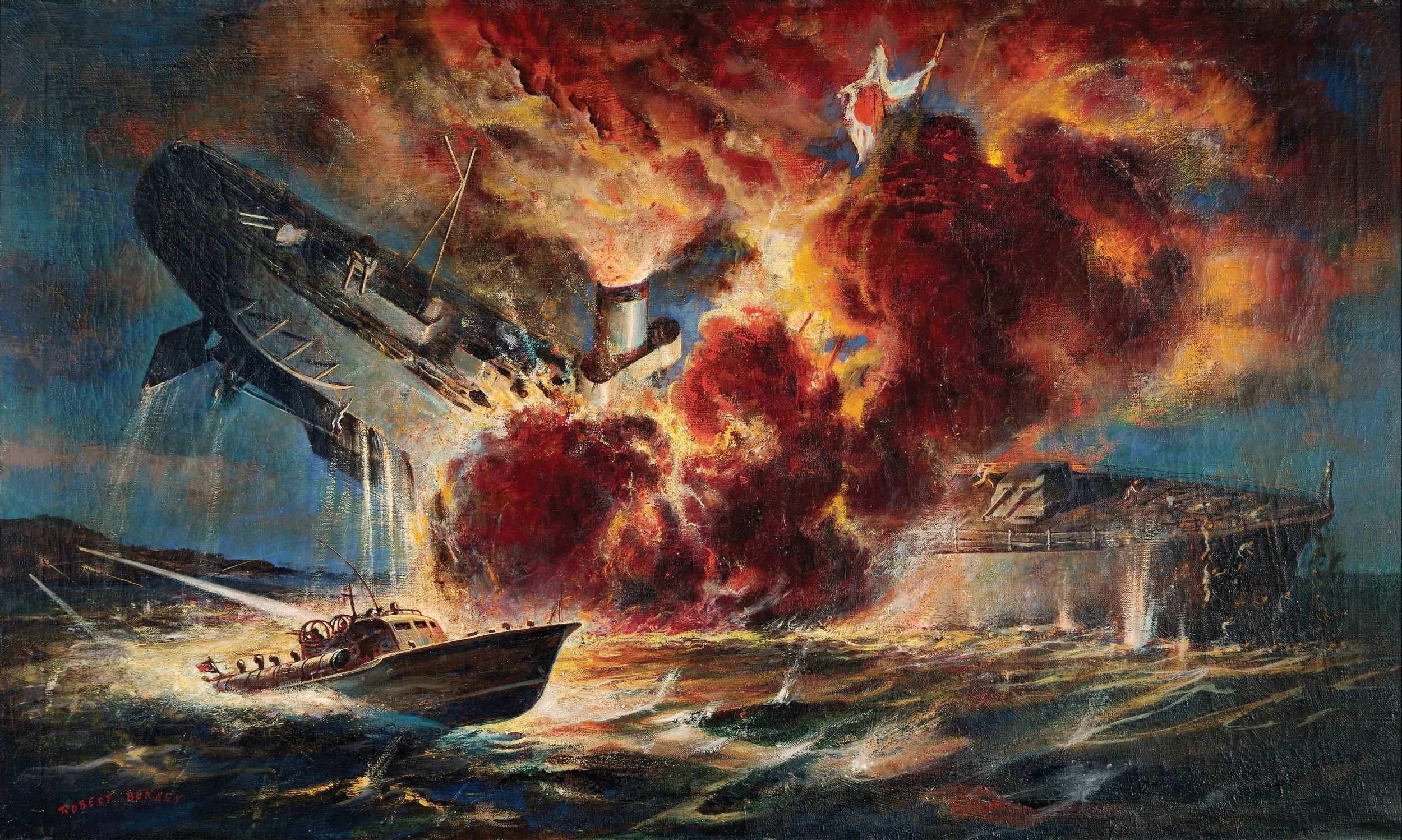
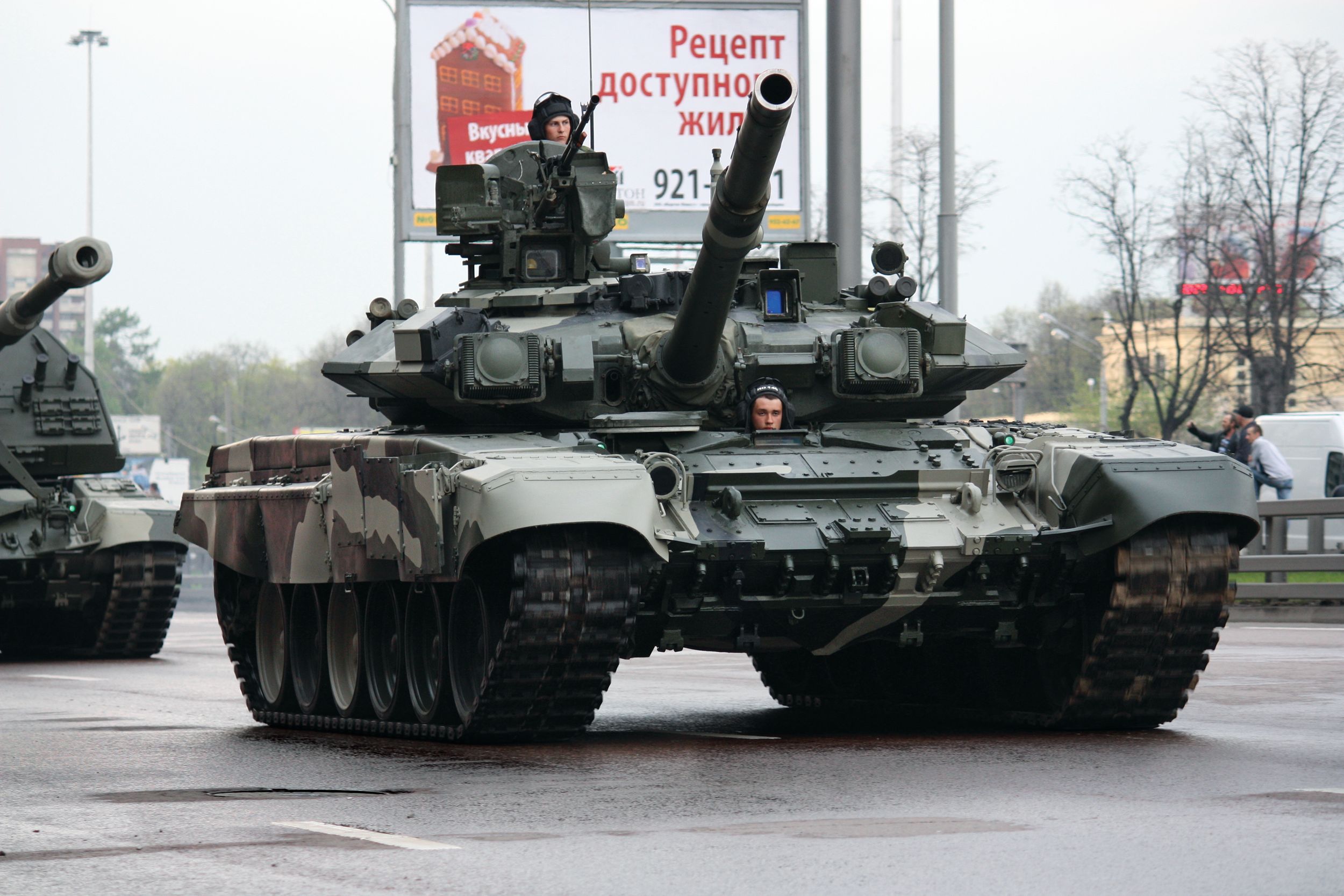
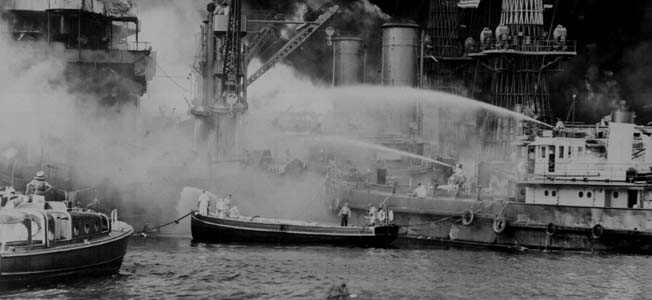
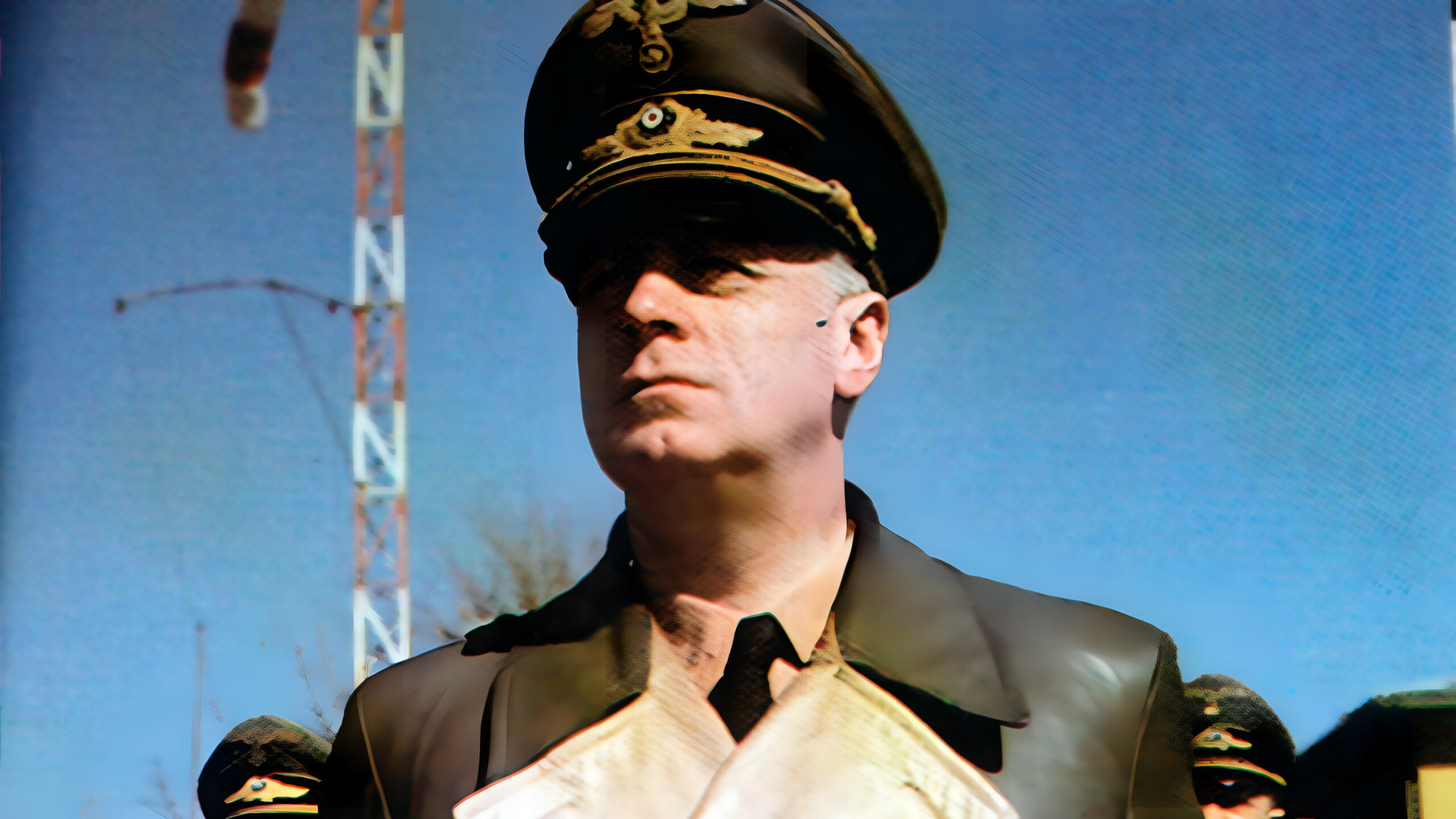
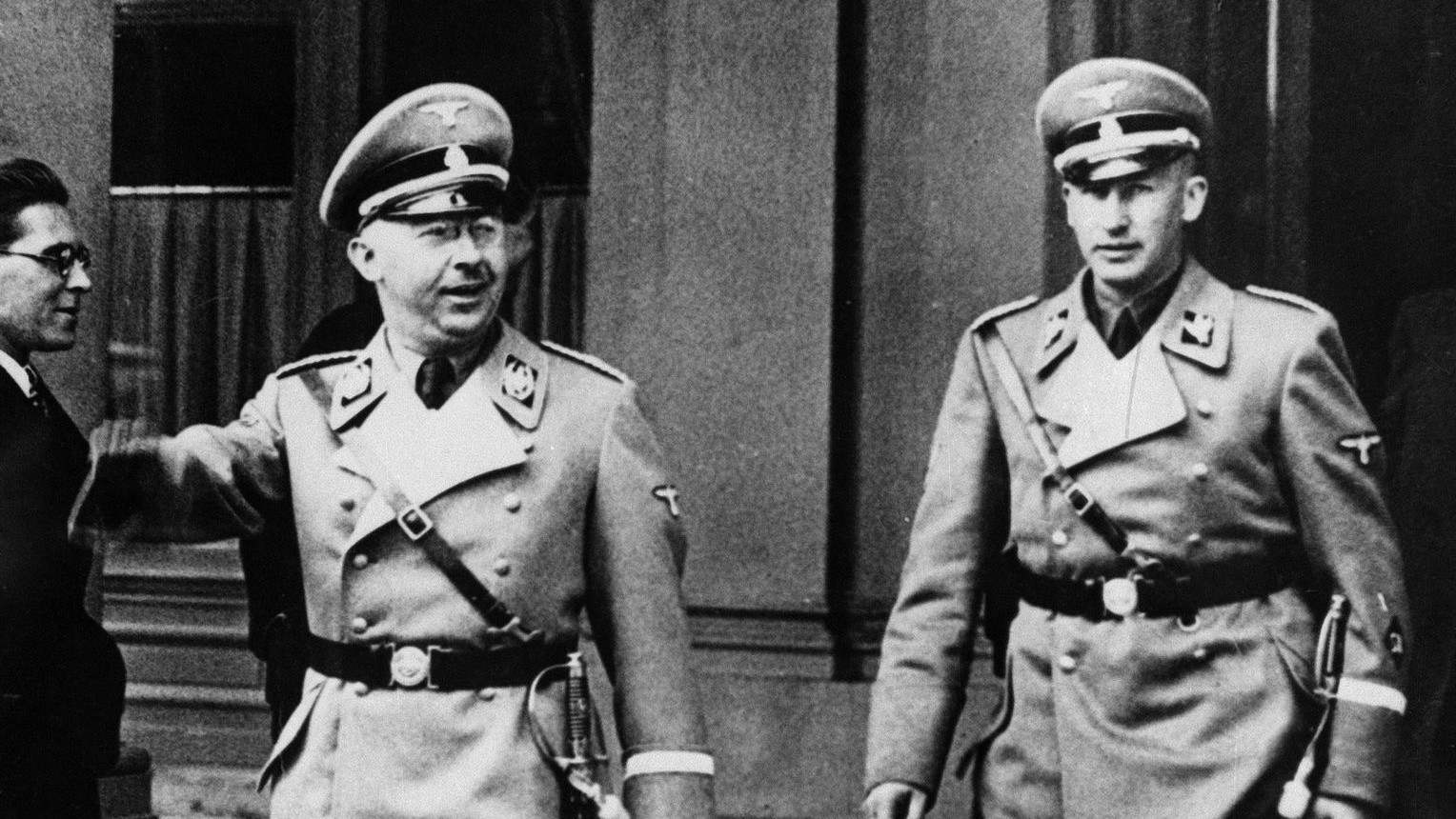
Join The Conversation
Comments
View All Comments